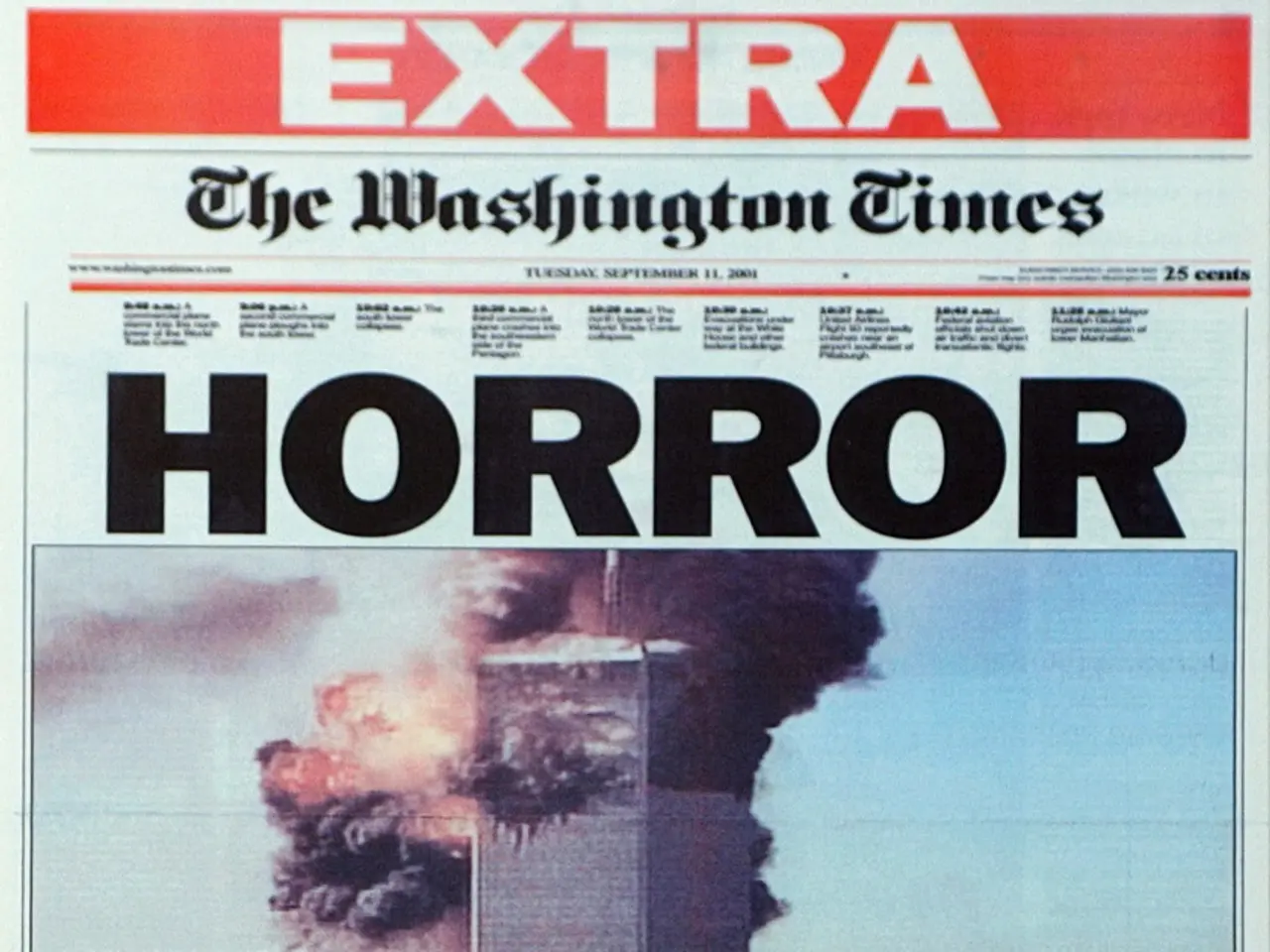Exploring the Maury Island Enigma: Delving into an Early UFO Enigma
The Maury Island Incident, a purported UFO sighting that occurred in June 1947 in Puget Sound, Washington, marked a significant event in the history of the UFO phenomenon.
Harold A. Dahl, who claimed to be a harbor patrolman, witnessed six doughnut-shaped objects in the sky on June 21, 1947. Intrigued by this extraordinary claim, Kenneth Arnold, a pilot who reported his own UFO sighting days later, decided to investigate.
Arnold, seeking further expertise, contacted Lieutenant Frank Brown and Captain William Davidson of the U.S. Army Air Forces. Brown and Davidson arrived in Tacoma, interviewed Dahl and Crisman, and collected samples of the alleged debris. However, tragically, Brown and Davidson's plane crashed near Kelso, Washington, killing both officers and a crew member on August 1, 1947. This unfortunate event added a layer of mystery and tragedy to the story.
Fred Crisman, Dahl's superior, became involved in the incident and collected samples of the alleged debris. Crisman's involvement and his later association with other controversial events have fueled speculation about deeper connections and possible cover-ups.
The incident occurred just before the Roswell incident and Kenneth Arnold's sighting, marking the beginning of the modern UFO craze. The Maury Island Incident is considered a significant event in UFO history due to its early record of the "Men in Black" phenomenon.
A man in a black suit, driving a black 1947 Buick, visited Dahl the day after the alleged sighting and warned him not to speak about the incident. This mysterious figure added to the intrigue surrounding the case.
However, the FBI later concluded that the Maury Island Incident was a hoax, likely perpetrated by Dahl and Crisman, possibly to attract attention or sell the story to a magazine. The FBI investigated both the alleged UFO sighting and the plane crash, and later documents revealed that Dahl and Crisman admitted the incident was a hoax.
Dahl's retractions and the overall inconsistencies in the accounts prevent a completely clean closure to the case. The event serves as a cautionary tale about the challenges of investigating extraordinary claims, the power of suggestion and publicity, and the enduring allure of the unknown.
The event also highlights the early interplay between public fascination with UFOs, government interest, and the media's role in shaping the narrative. It demonstrates early government interest in UFO reports, even though the investigation led to a dismissal. Despite being a fabricated story, the Maury Island Incident remains a fascinating footnote in the history of the UFO phenomenon.








